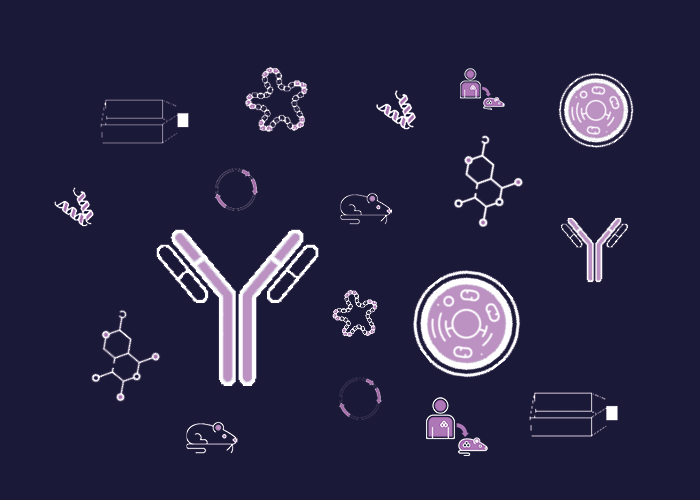
Cat. #151454
Bmx Cre ERT2 Mouse
Cat. #: 151454
Sub-type: Mouse
Availability: 8-10 weeks
Disease: Cancer
Model: Conditional KO
This fee is applicable only for non-profit organisations. If you are a for-profit organisation or a researcher working on commercially-sponsored academic research, you will need to contact our licensing team for a commercial use license.
Contributor
Inventor: Ralf H. Adams
Institute: Cancer Research UK, London Research Institute: Lincoln's Inn Fields
Tool Details
*FOR RESEARCH USE ONLY (for other uses, please contact the licensing team)
- Tool name: Bmx Cre ERT2 Mouse
- Research fields: Developmental biology;Genetics;Immunology;Neurobiology;Tissue-specific biology
- Tool sub type: Mouse
- Disease: Cancer
- Model: Conditional KO
- Conditional: Yes
- Conditional description: Conditional Cre-ERT2 expression under Bmx promoter enabling tissue-specific recombinase in arterial endothelial cells; inducible Cre activity by treatment with hormone (tamoxifen) enabling inducible translocation of Cre-ERT2 to nucleus.
- Description: The estragen receptor (ERT2) under the Bone marrow x (Bmx) promoter (Bmx-Cre-ERT2) mouse exhibits tissue-specific expression of an inducible Cre-ERT2 fusion protein, enabling tamoxifen-induced Cre recombinase activity in arterial endothelial cells. The Bmx-Cre-ERT2 mouse is an ideal tool in the study of gene function in angiogenesis, atherosclerosis and neovascularisation. Administration of tamoxifen induces nuclear translocation of the Cre-ERT2 fusion protein, and subsequent Cre recombinase activity, allowing knockout/knockin/transgene studies of loxP flanked genes in endothelial cells.Non-induced Bmx-Cre-ERT2 mice demonstrate no Cre recombinase activity, while tamoxifen-induced Bmx-Cre-ERT2 mice demonstrate high penetrance in endothelial cells (95%+), significantly higher than existing endothelial Cre models currently available.
- Genetic background: A Bmx-Cre-ERT2 transgene vector, containing a genomic VECad promoter fragment fused to a Cre-ERT2 cDNA, was injected into fertilised embryos (C57BL/6 or FVB/N). Founder lines were back-crossed to establish mice heterozygous for the Bmx-Cre-ERT2 transgene.
- Zygosity: Heterozygous
- Production details: A Bmx-Cre-ERT2 transgene vector, containing a genomic VECad promoter fragment fused to a Cre-ERT2 cDNA, was injected into fertilised embryos (C57BL/6 or FVB/N). Founder lines were back-crossed to establish mice heterozygous for the Bmx-Cre-ERT2 transgene.
Handling
- Shipping conditions: Embryo/Spermatoza- Dry Ice
Target Details
- Target: BMX, CreERT2
References
- Murphy et al. 2014. Proc Natl Acad Sci U S A. 111(50):18007-12. PMID: 25468970.
- Constitutively active Notch4 receptor elicits brain arteriovenous malformations through enlargement of capillary-like vessels.
- Noels et al. 2014. Arterioscler Thromb Vasc Biol. 34(6):1209-20. PMID: 24723559.
- Schober et al. 2014. Nat Med. 20(4):368-76. PMID: 24584117.
- Deficiency of endothelial CXCR4 reduces reendothelialization and enhances neointimal hyperplasia after vascular injury in atherosclerosis-prone mice.
- MicroRNA-126-5p promotes endothelial proliferation and limits atherosclerosis by suppressing Dlk1.
- Ehling et al. 2013. Development. 140(14):3051-61. PMID: 23785053.
- Notch controls retinal blood vessel maturation and quiescence.



